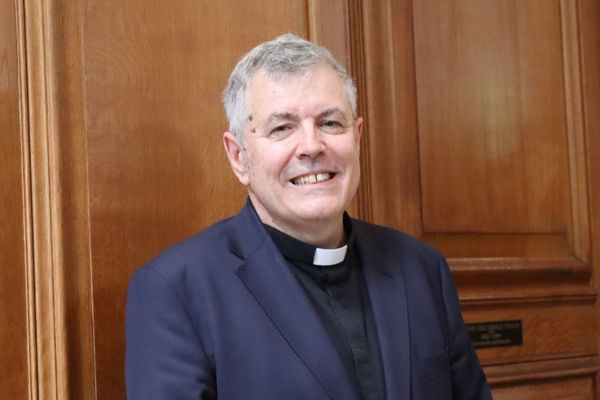Reading the Bible is always a balancing act between taking it too literally and not taking it literally enough. The odd thing is that we sometimes ascribe odd readings to perfectly straightforward passages and take the mysterious parts and try to clear them all up. It was ever thus…as we shall see from the reading from John’s gospel.
I wonder what you notice most? The first thing that struck me was the how contentious Christ was. Or maybe more accurately how people were determined to contend with him. If you read a gospel right through it generally has the same pattern.
It generally starts in a quite pastoral calm way moves into miracles and then the Cross and so on. But one thing that really stands out is how Christ was harried in his waking hours by people trying to trip him up, prove him to be a charlatan and generally make his life very difficult.
It may have been a culture of contention. But I think that this constant need to defend himself, to explain who he was must have totally worn him out. He got no rest from it. Like a politician at the stump. He simply had to keep answering questions. If we accept the presumption that Christ was God and knew he was God then this could have been a reason for him to get on his dignity. But he doesn’t although he sometimes sounds angry.
Here yet again he has the nagging questions and requests…and a common one. Come on prove yourself do a magic trick – a sign. I always love the bit in Lord of the Rings film where Gandalf the White says: Do not take me for some conjurer of cheap tricks…
He simply won’t do it. Indeed there is good reason why – in terms of his ministry his miracles didn’t seem to convince people at all. The real miracle, of course, is Christ’s self-sacrifice.
So we need to see Christ’s ministry as one of contention and ask ourself if we should expend more contention – more opposition. If we are too mild then who could be bothered to argue with us?
The second point is to note that Christ’s real crime in contemporary eyes was heresy. It was heresy that got him killed. He said that he could forgive sins which outraged the pious – only God could do that. Here he says destroy the temple and I will raise it up in days days. More about the temple a little later, but this is a very strong statement from Jesus.
But the odd thing is that it isn’t that readily understood by the listeners. Christ baffles them with his talk of raising up the temple in just three days.
I once read an article – I think by Richard Chartres that described the zen quality of the Christ. The way he said odd things, asked odd questions and worked through confusion as much as clarity.
Here is a good example. The point is he could have been clear – we are given an editorial note by John to explain the statement. He chose to leave a thread that could be pulled, something that could be unravelled.
Sometimes the things Christ says and does are baffling. We do well not to skip these parts or the parts we disagree with. Instead we are called to battle with them, wrestle with them. When Jacob wrestled with the angel he was left with a life-long limp, and angel. All of us need to be prepared to put ourselves and our certainties on the line and embrace the odd teachings and ask – what could this mean?
Which brings me to the third point and it a hot topic – at least for me. What do we need to do to get close to God? And what does a holy place look like? Perhaps, what do we need to leave to God? And what are our Holy certainties that need tearing down – even if they have taken a lifetime of care to construct?
The temple was the great pride of the Jewish people. It had taken 46 years to build. It was started by Herod the Great in 18-20 BC. It wasn’t completed till 63 AD and was destroyed during the first Jewish revolt 7 years later.
The Jewish temple of the first century was considered a sight to see. The historian Josephus described it as a “mountain of snow” as it glittered in the sunlight. It had gold details, and huge enormous bronze gates celebrated for their beauty.
Herod’s Temple was one of the larger construction projects of the 1st century BCE.[29] Jewish historian Josephus records that Herod was interested in perpetuating his name through building projects, that his construction programs were extensive and paid for by heavy taxes, but that his masterpiece was the Temple of Jerusalem. [29]
King Herod had architects from Greece, Rome and Egypt plan the construction. The blocks were presumably quarried by using pickaxes to create channels. Then they hammered in wooden beams and flushed them with water to force them out. Once they were removed, they were carved into precise squares and numbered at the quarry to show where they would be installed. The final carving would have been done by using harder stones to grind or chisel them.
This is how Josephus described the temple.
Now the outward face of the temple in its front wanted nothing that was likely to surprise either men’s minds or their eyes, for it was covered all over with plates of gold of great weight, and, at the first rising of the sun, reflected back a very fiery splendor, and made those who forced themselves to look upon it to turn their eyes away, just as they would have done at the sun’s own rays… On its top it had spikes with sharp points, to prevent any pollution of it by birds sitting upon it. Of its stones, some of them were forty-five cubits in length, five in height, and six in breadth.
So no wonder they were proud of it… it was magnificent.
But when God was among us. He took a look at it and said – tear it down and I can build a better temple in 3 days. Tear it down, it isn’t right…it isn’t what God wants or needs.
You see the real place of holiness – the place where heaven and earth meets was Jesus, the provincial nobody who actually was God.
I think this is deeply challenging. Holiness isn’t in the building – even if it a church of great splendour. It is in the flesh and blood of God among us – the incarnate Christ.
I find this encouraging because, as the Benedictine’s have it, touched by God’s hand the world is holy. The animals we chare the planet with. The birds, The clouds, the trees. The highways and byways, the everyday business of sacrifice and care.
God has gone way beyond the temple/the church. He always has.
It leaves me with a question I think? What is the religious temple in me that needs tearing down. Something I defend because it took a lot of care and expertise. Maybe I need to look elsewhere. Maybe we all do.
Amen.



